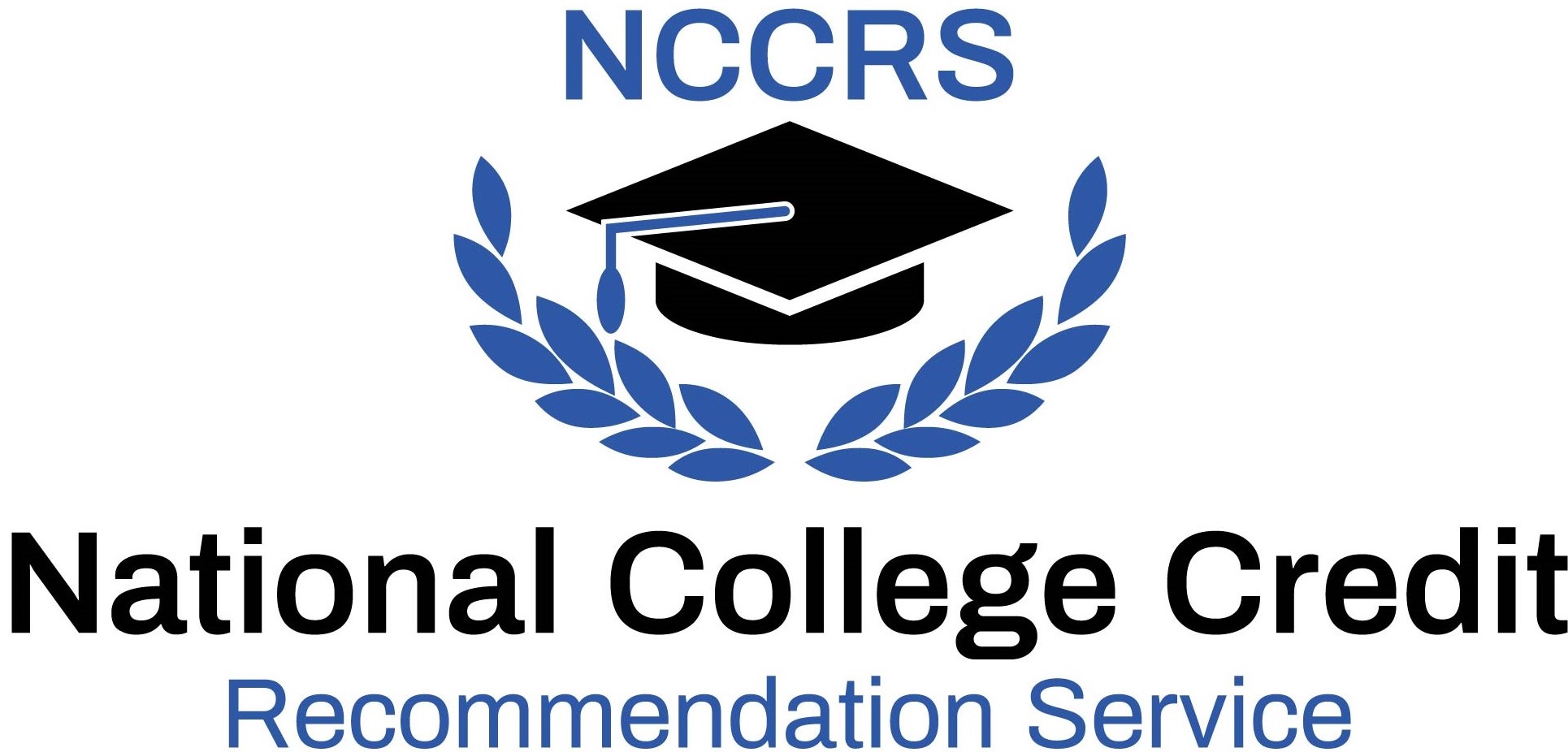Maalot College | Evaluated Learning Experience
COS330 Computer Systems Architecture
135 hours (15 weeks).
September 2023 – Present.
Upon successful completion of the course, students will be able to: use mathematical expressions to describe functions of simple combinational and sequential circuits; describe physical limitations of electronic circuits; explain the pros and cons of using different formats to represent numerical data; convert numerical data from one format to another; discuss effects of fixed-length number representations on accuracy and precision; describe internal representation of characters, strings, records, and arrays; explain the basic organization and major functional units of the von Neumann machine; comprehend how an instruction is executed in a von Neumann machine; summarize how instructions are represented at machine levels and in context of a symbolic assembler; identify different instruction formats, such as addresses per instruction and variable length versus fixed length formats; write simple assembly language program segments; demonstrate how fundamental high-level programming constructs are implemented at the machine-language level; comprehend basic concepts of interrupts and I/O operations; explain how interrupts are used to implement I/O control and data transfers; identify various types of buses; describe data access from various drives, such as magnetic disks, optical disks, magnetic tape, and RAID drives; compare alternative implementations of data paths; discuss control points and the generation of control signals using hardwired or microprogrammed implementations; explain basic instruction level parallelism using pipelining and describe hazards that may occur; implement parallel processing beyond the classical von Neumann model; and describe alternative architectures such as SISD (Single Instruction, Single Data), SIMD (Single Instruction, Multiple Data), MISD (Multiple Instruction, Single Data), and MIMD (Multiple Instruction, Multiple Data), and VLIW (Very Long Instruction Word).
Major topics include introduction to various hardware and software components necessary to process information digitally, as defined by the structure and architecture of computers and their organizations; components and layers of the computing systems - electronic gates and progressing to higher level software; and main roles and components of the ALU, CPU, main memory, I/O.
In the upper division baccalaureate degree category, 3 semester hours in Computer Science or as an elective in Electrical and Computer Engineering (8/24).



